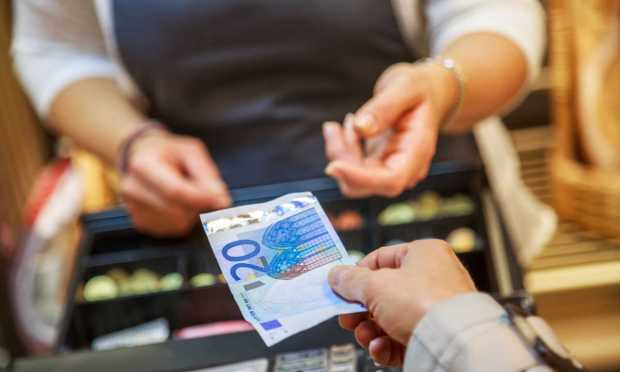Digital Payment Growth Threatens EU Consumers’ Cash Usage

Around a third of eurozone consumers have reduced their cash usage compared to pre-pandemic levels.
According to the results of a recent European Central Bank (ECB) survey assessing consumers in every eurozone country, the largest group of respondents — 54% of them — reported no change to their cash usage before and after the pandemic.
Of those who said their cash usage has increased, 6% said they use it much more often and 8% said they use it somewhat more frequently than before.
More people reported a decrease in their cash usage in the past three years than those who reported an increase. Seventeen percent said they used cash somewhat less often while 15% said they used it much less often.
Of course, the 32% of respondents who reported that they use less cash now than they did in 2019 represent a sizable share of the population. But the survey also reveals that many of the reasons people cited for not using cash have diminished as the pandemic has become endemic.
About one in four respondents reported that fear of virus infection was the reason for their less frequent cash use, a marked decline from the findings of a 2020 survey, which found that around a third of people cited the risk of being infected as a reason for their lower cash usage.
However, both the 2020 survey and the more recent report found that the most frequently cited reason for using less cash was the more widespread availability of non-cash payment options.
In 2020, 45% of people who reported decreased cash usage said they did so because paying electronically had become more convenient. In the most recent survey, carried out in 2021 and 2022, this number had risen to 58%, suggesting that convenience is by far the biggest factor driving the use of non-cash payment methods.
Evolving Merchant Acceptance Patterns
Of course, the flip side of convenience is acceptance. And while merchant acceptance conditions how people pay, payment preferences also impact which options merchants make available.
In general, the ECB found that cash is still widely accepted in all countries.
That being said, compared to 2019, reported acceptance rates have declined in all countries except for the Netherlands. According to the survey, cash was accepted at 95% of brick-and-mortar shops, down from 98% in 2019.
With cash acceptance on the decline, the opposite trend can be observed with non-cash payment methods. It was possible to pay without cash in 81% of recorded transactions across the eurozone, an increase of two percentage points since 2019.
For all PYMNTS EMEA coverage, subscribe to the daily EMEA Newsletter.
